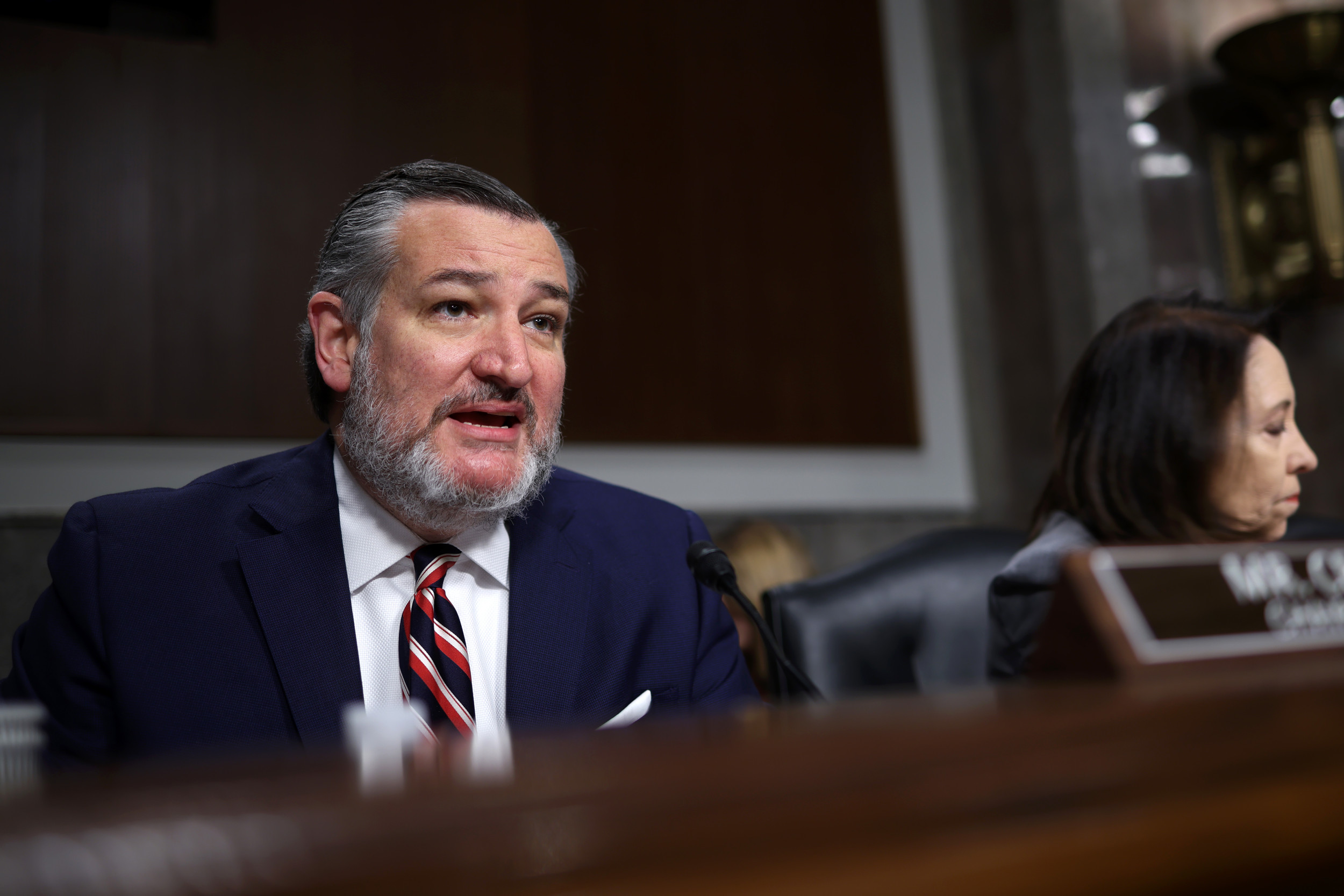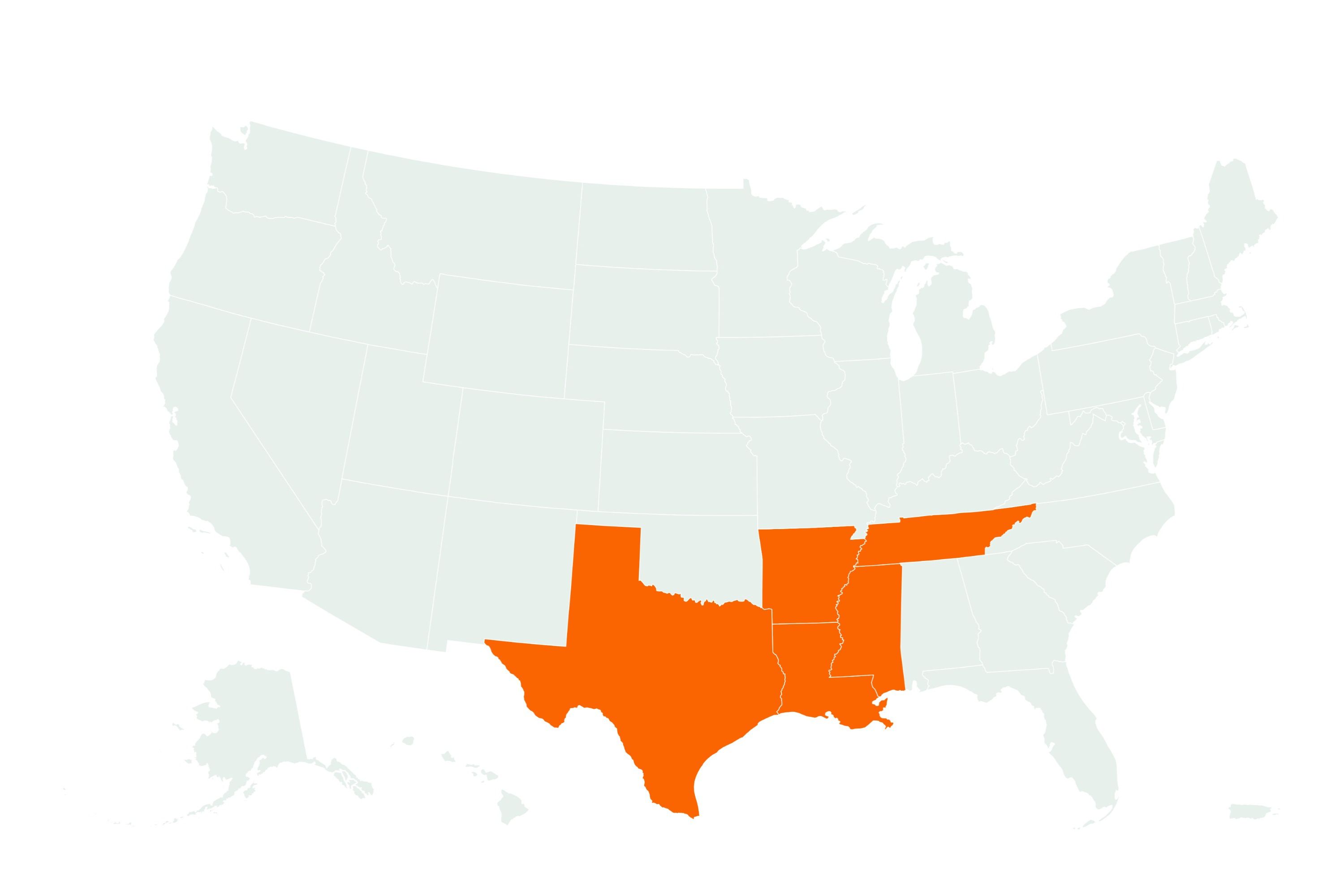The Wisconsin Supreme Court election is shaping up to be a tight race, and some polls have given Democratic-backed candidate Susan Crawford a lead over her Trump-backed opponent Brad Schimel.
Newsweek has contacted Schimel and Crawford's campaigns for comment via email.
Why It Matters
The April 1 election will determine whether the court will remain under 4-3 liberal control or flip to a conservative majority, and could have implications for issues ranging from abortion to redistricting for the Midwestern state, which is divided nearly evenly between Democrats and Republicans.
It also will be seen as a test of how the electorate feels about President Donald Trump's tenure so far.
What To Know
Wisconsin backed President Donald Trump in last year's election, while still reelecting Democratic Senator Tammy Baldwin. Democrats will seek to capitalize on growing frustration with the Trump administration, while Republicans are hoping the voters who supported Trump in November will stay loyal and come out again in an off-year spring election.
Elon Musk-funded groups have spent $10 million backing Schimel, The Associated Press reported. Altogether, he and his supporters have spent about $41 million, while Crawford and her crew have spent about $32 million.
Polls show that voters are split over who to back in the Supreme Court race. But some have given Crawford a small lead.
The most recent poll, by SoCal Strategies, conducted between March 25-26 among 500 registered and likely voters, gave Crawford a 50-42 lead over Schimel.
Crawford also had the lead among white voters, who make up 83 percent of Wisconsin's population, according to PRRI's 2023 American Values Atlas. Among the demographic, Crawford was leading Schimel with 49 percent to his 45 percent. According to the poll, 89 percent of Black voters also backed Crawford. No Black voters backed Schimel, while 11 percent said they were undecided.
But Hispanic voters were divided, each candidate favored by 49 percent of those surveyed.
Crawford also had the lead among male and female voters, and voters in every age group other than the 30-44 age group, who were evenly divided. She also leads among voters with a degree, as well as voters without a degree.
Schimel was backed by 87 percent of voters who backed Trump in 2024, while Crawford was backed by 94 percent of voters who supported Kamala Harris.
An RMG Research poll, among 800 registered voters from February 25 to February 28, also showed Crawford with a slight lead.

Forty-two percent said they planned to back Crawford, while 35 percent leaned toward Schimel and 17 percent were undecided.
But other polls have shown voters divided. A recent poll conducted by OnMessage Inc. and Wisconsin Manufacturers & Commerce (WMC) showed Crawford and Schimel both on 47 percent, and 5 percent weren't sure. The poll surveyed 600 likely voters on March 9 and March 10. It had a margin of error of plus or minus 4 percentage points.
A TIPP Insights poll, which surveyed 1,045 registered voters from February 7 to February 11, also showed the race tied, each candidate receiving 38 percent of the vote. It had a credibility interval of plus or minus 3.1 percent.
A Marquette poll conducted between February 19-26 among 864 registered voters, found that 29 percent of respondents view Schimel favorably, while 32 percent view him unfavorably. Nineteen percent view Crawford favorably, compared with 23 percent who view her unfavorably.
The same poll found that voters are unfamiliar with both candidates. Thirty-eight percent of respondents said they don't know enough about Schimel to make a decision about him, while 58 percent said they don't know enough about Crawford to form an opinion.
However, early voting data suggests the race is anything but low-profile.
After early voting commenced in the Wisconsin Supreme Court race this week, electoral data shows that turnout is far exceeding levels from the last Supreme Court race two years ago. According to the Wisconsin Elections Commission, nearly 48 percent more early ballots have been cast compared with the same point two years ago, with more than 345,000 voters returning ballots, either by mail or in person, compared with about 233,000 at this point two years ago.
Wisconsin voters do not register by political party, making it difficult to determine how many early ballots come from Republicans or Democrats. However, data shows significant increases in early voting across both Democratic- and Republican-leaning counties.
Milwaukee County, the state's largest and a Democratic stronghold, leads with 54,750 ballots returned—46 percent more than at this point two years ago. Liberal Dane County, home to the state capital and the University of Wisconsin, saw a similar 46 percent rise.
Republican-leaning areas have also seen sharp increases. In the suburban Milwaukee WOW counties—Waukesha, Ozaukee, and Washington—ballot returns surged by over 62 percent in Waukesha and 51 percent in Ozaukee. In Washington, the most Republican of the three, early voting had more than doubled compared to two years ago. Brown County, another GOP-leaning area, reported a 34 percent increase in early turnout.
What People Are Saying
WMC Vice President of Government Relations Scott Manley said: "Like many Wisconsin statewide elections, this race is very close and will come down to the wire. This is a winnable race for either candidate right now, and will simply boil down to whichever side does a better job of getting out their voters. It really cannot be overstated how much is on the line."
Charles Franklin, director of the Marquette poll, said: "Voters are interested in the race in general, but they just don't know that much about the candidates."
Donald Trump wrote in a Truth Social post late last week: "All Voters who believe in Common Sense should GET OUT TO VOTE EARLY for Brad Schimel."
Democratic U.S. House Minority Leader Hakeem Jeffries told supporters on Monday that electing Crawford was important so she and other liberal justices can order a redraw of congressional boundary lines. "As soon as possible, we need to be able to revisit that and have fair lines," Jeffries said in a live discussion on the social media platform X. "The only way for that to be even a significant possibility is if you have an enlightened Supreme Court."
What Happens Next
The election result is expected shortly after polling closes on April 1.
fairness meter
About the writer
Martha McHardy is a U.S. News reporter based in London, U.K. Her focus is on polling and California politics. She ... Read more



